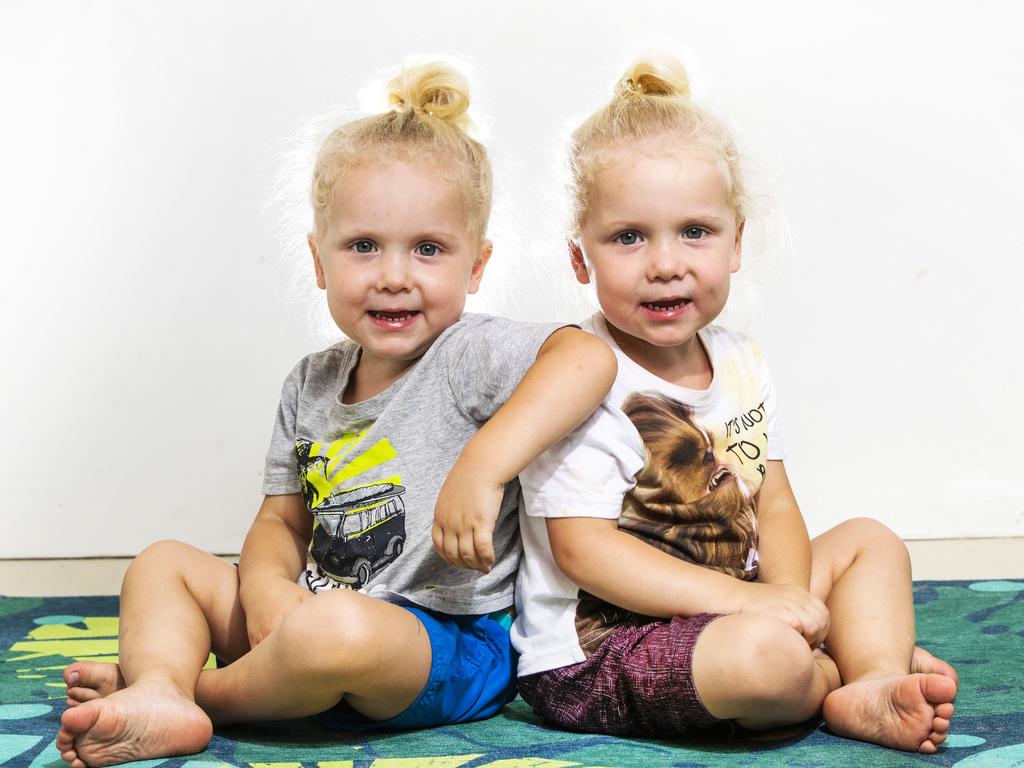Study finds genetic differences in identical twins
New research has poured cold water on the notion that all identical twins have carbon copy genetics.

QLD News
Don't miss out on the headlines from QLD News. Followed categories will be added to My News.
Differences in the traits of identical twins have long been put down to environmental influences — the nurture versus nature argument. But new research suggests genetics could be at play.
A study published in the medical journal Nature Genetics has revealed that most monozygotic twins do not have carbon copy genetics, or duplicate DNA.
Instead, it has found there are more than five genetic differences in the twins.
The researchers in Iceland investigated the genetic make-up or genome of 381 pairs of identical twins for the study. Of the total, 38 pairs were genetic duplicates of each other, but most had some differences in DNA.
The scientists believe these differences arose just before one embryo split to form two or shortly after the split.
Close to 40 sets of the twins had a startling 100 differences.
The study concluded that the number of cells that a twin originates from may determine how genetically different they are from the other twin.

Sylvia Doughty has always had an inkling that there could be genetic differences in her identical twin boys.
“Doctors have commented on how Thomas would always have croup and other health issues when his brother James was fine,” she said.
“They definitely share many qualities and are very alike, but when it comes to physical immunity I have seen differences,” the mum said.
The odds of having identical twins is three in every 1000.




